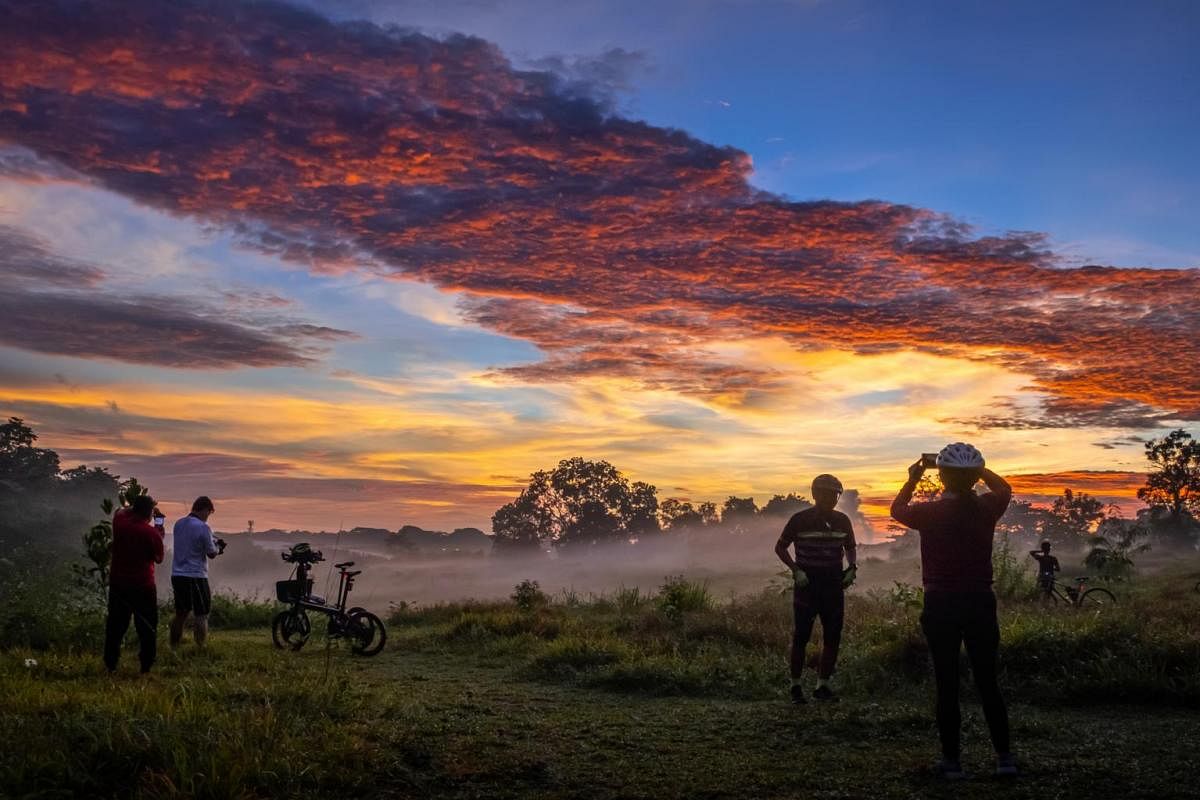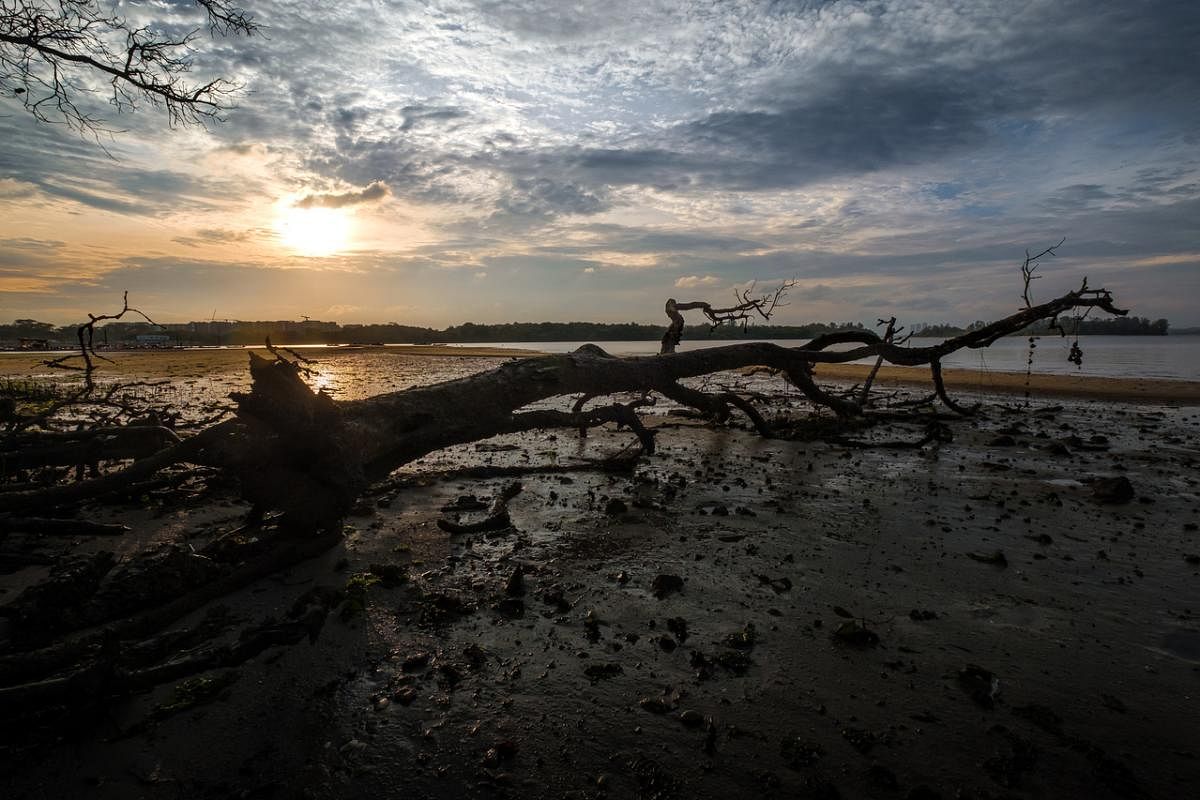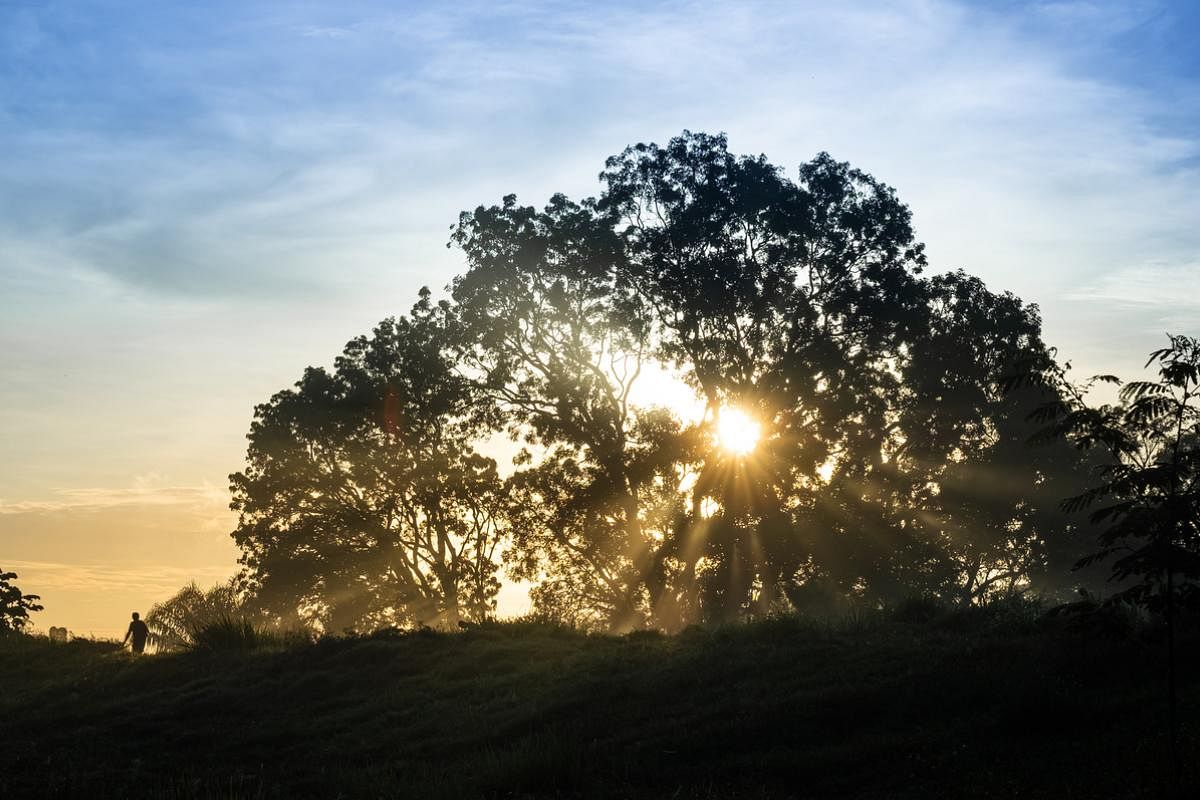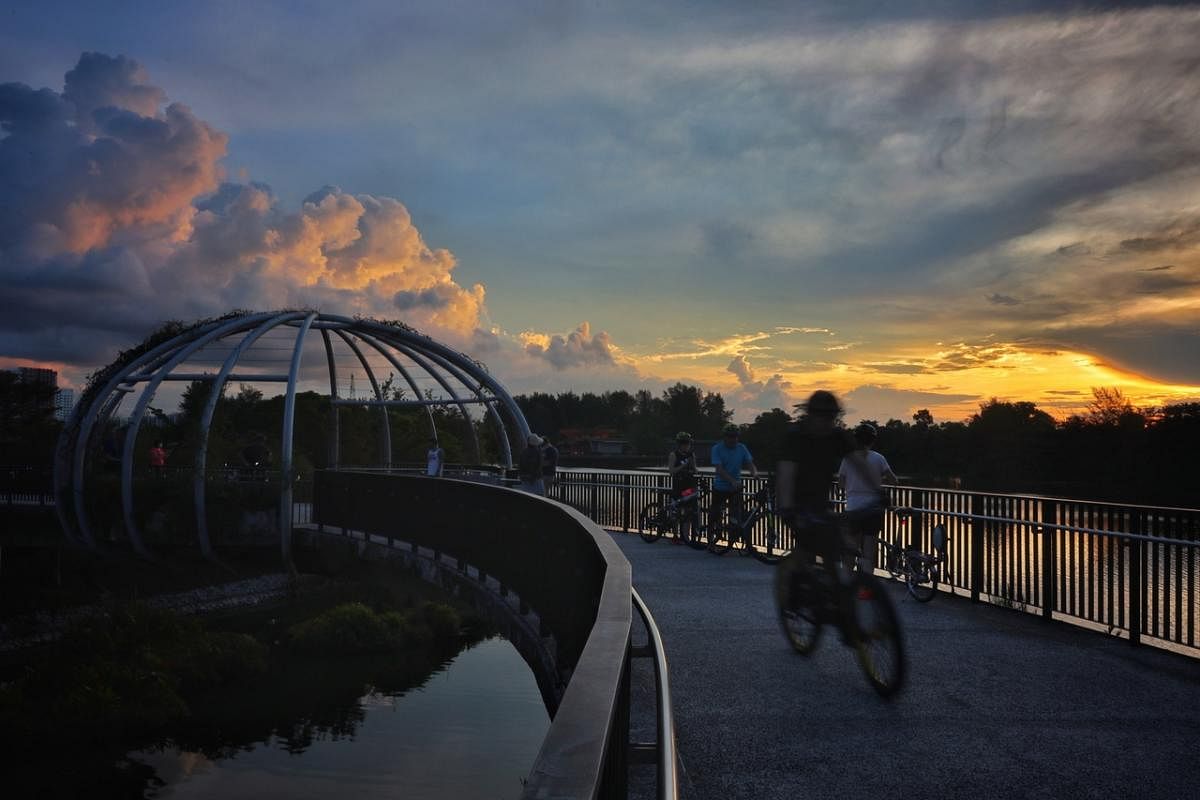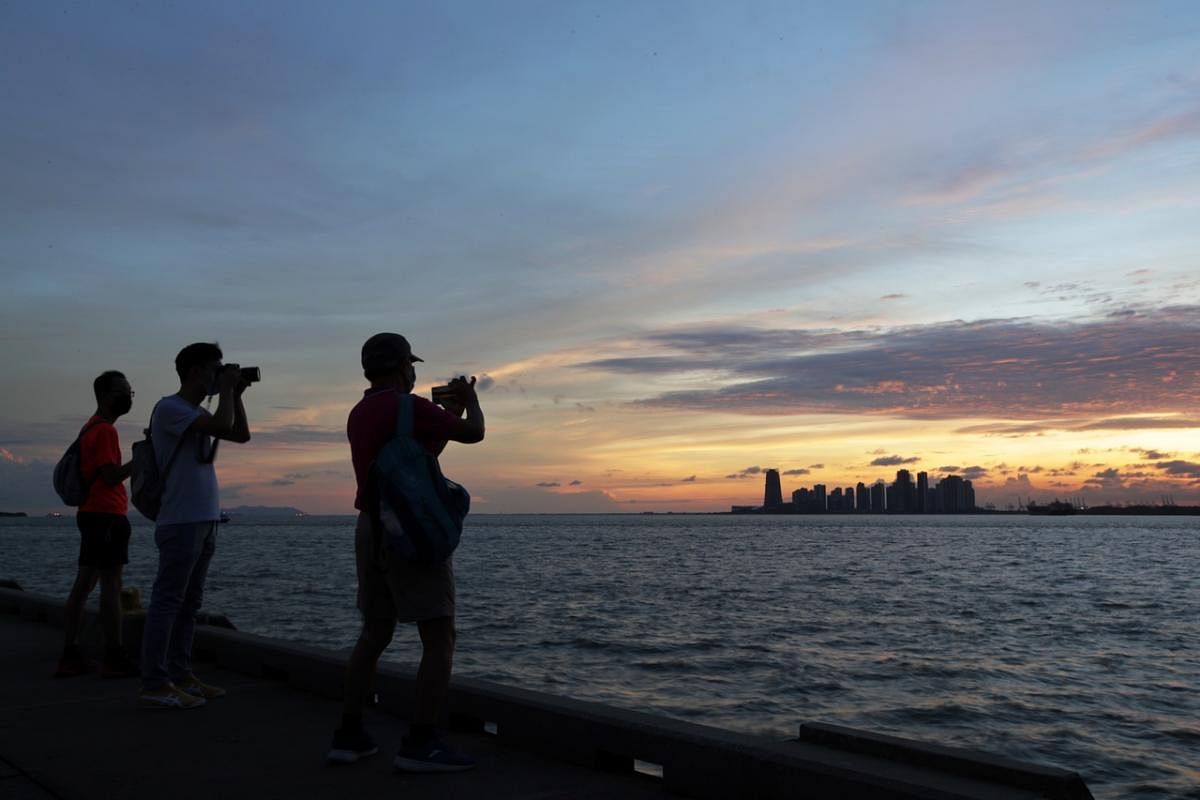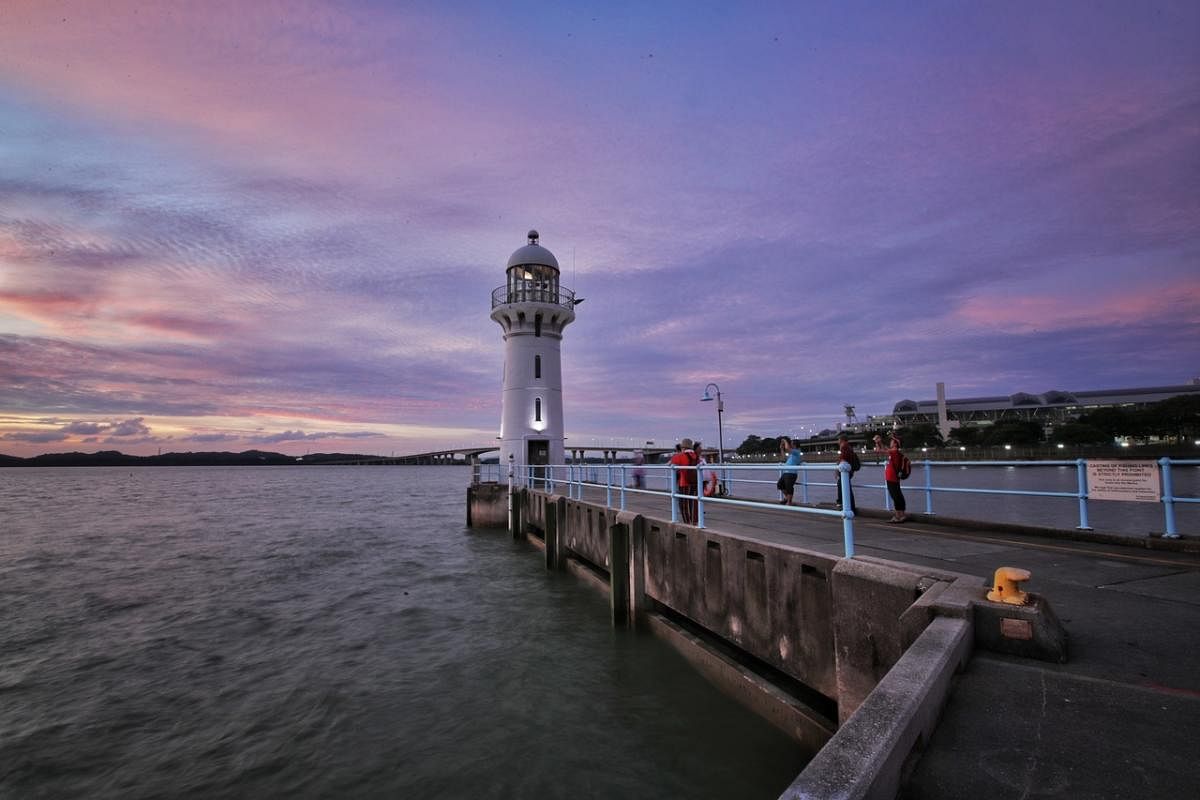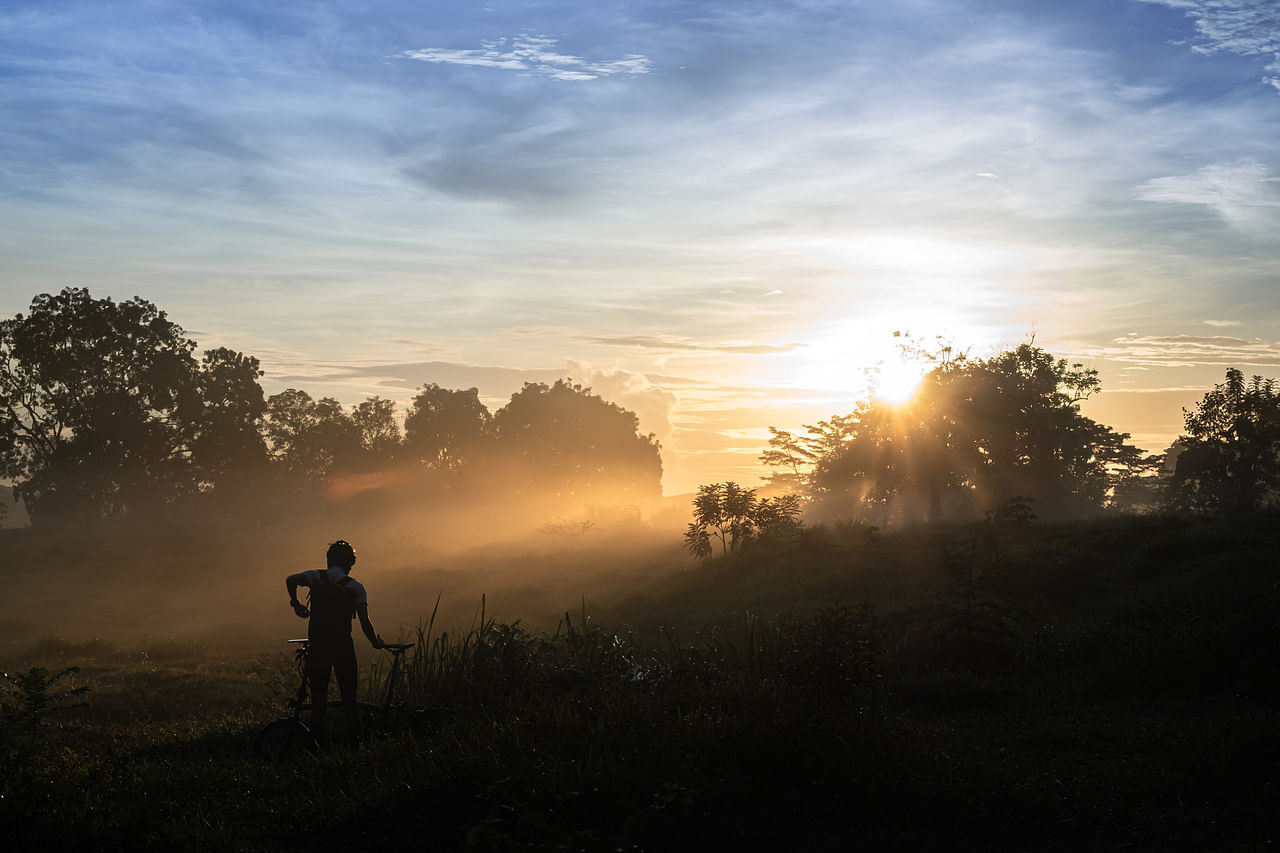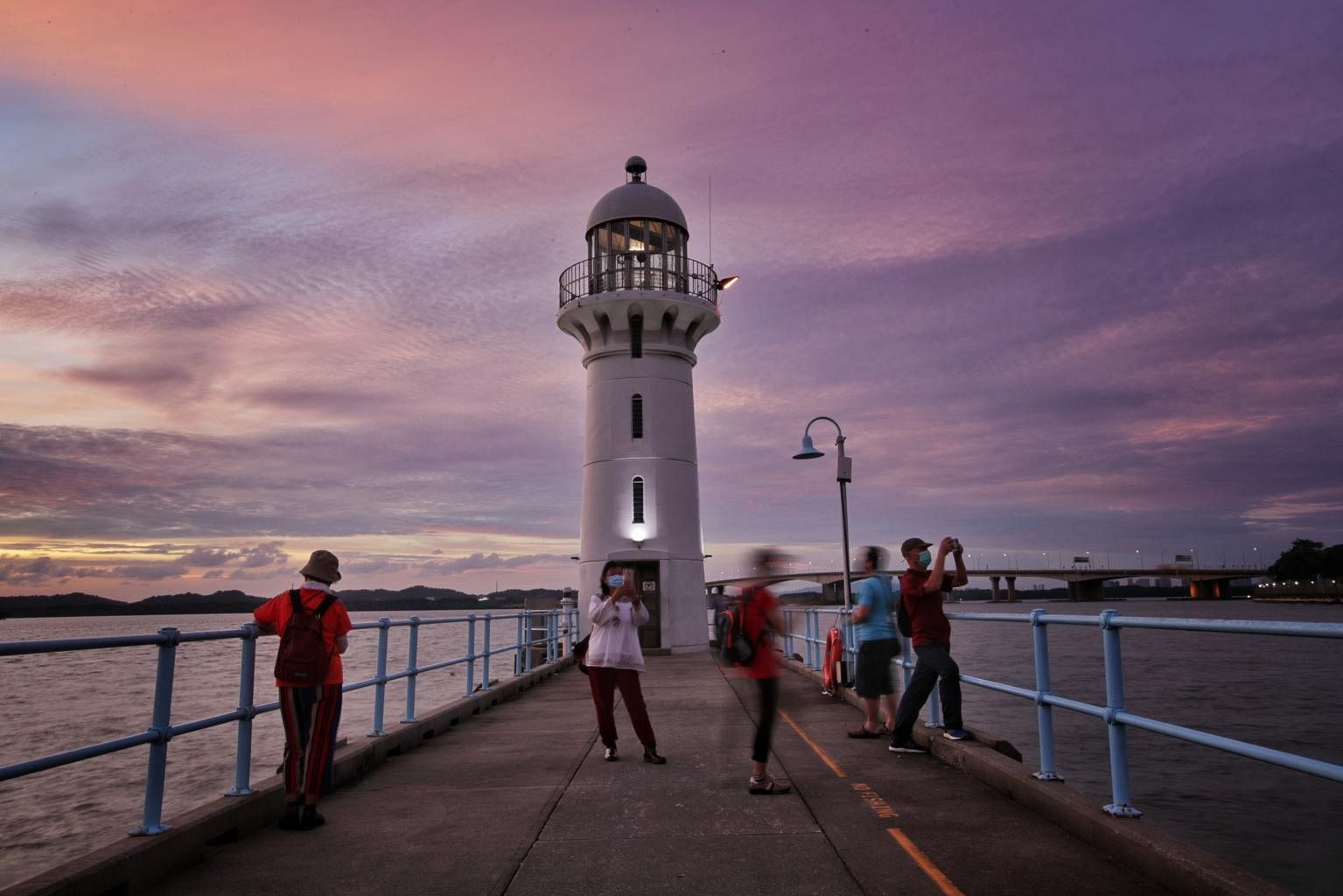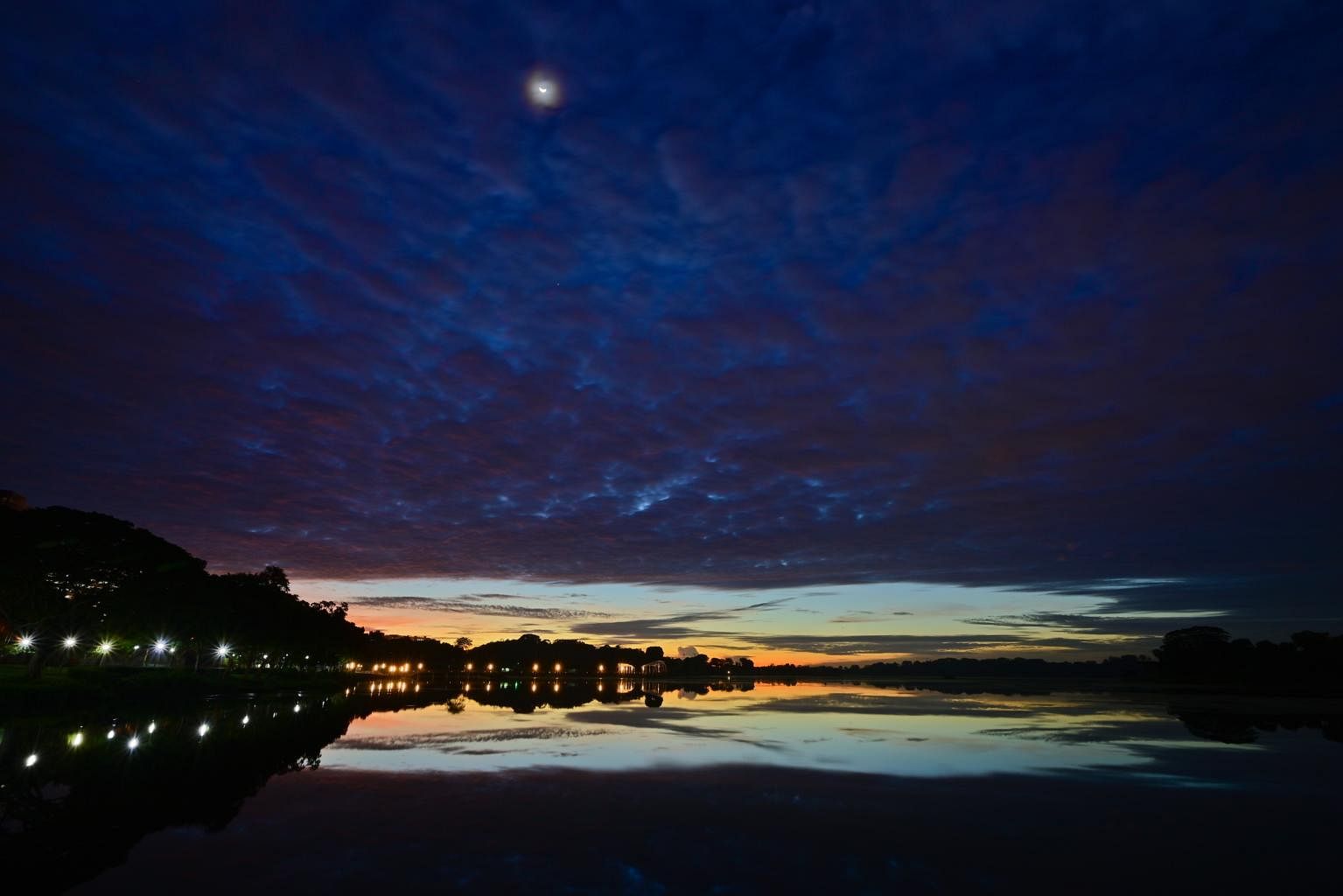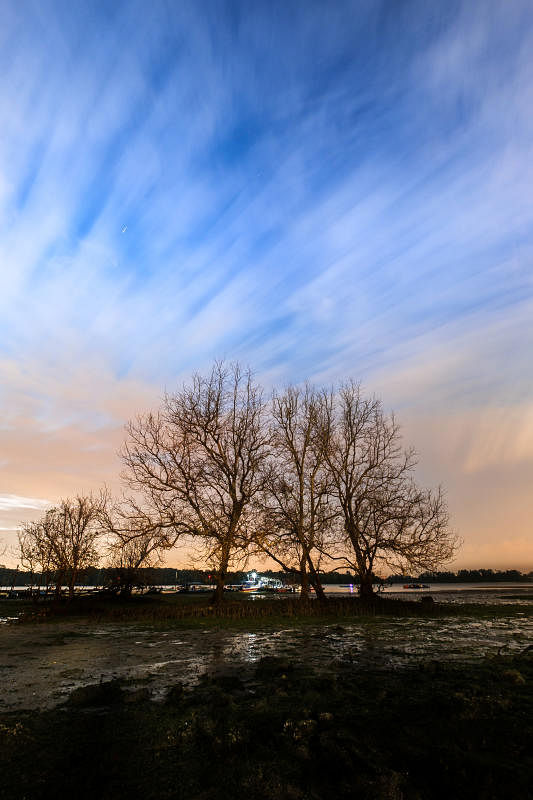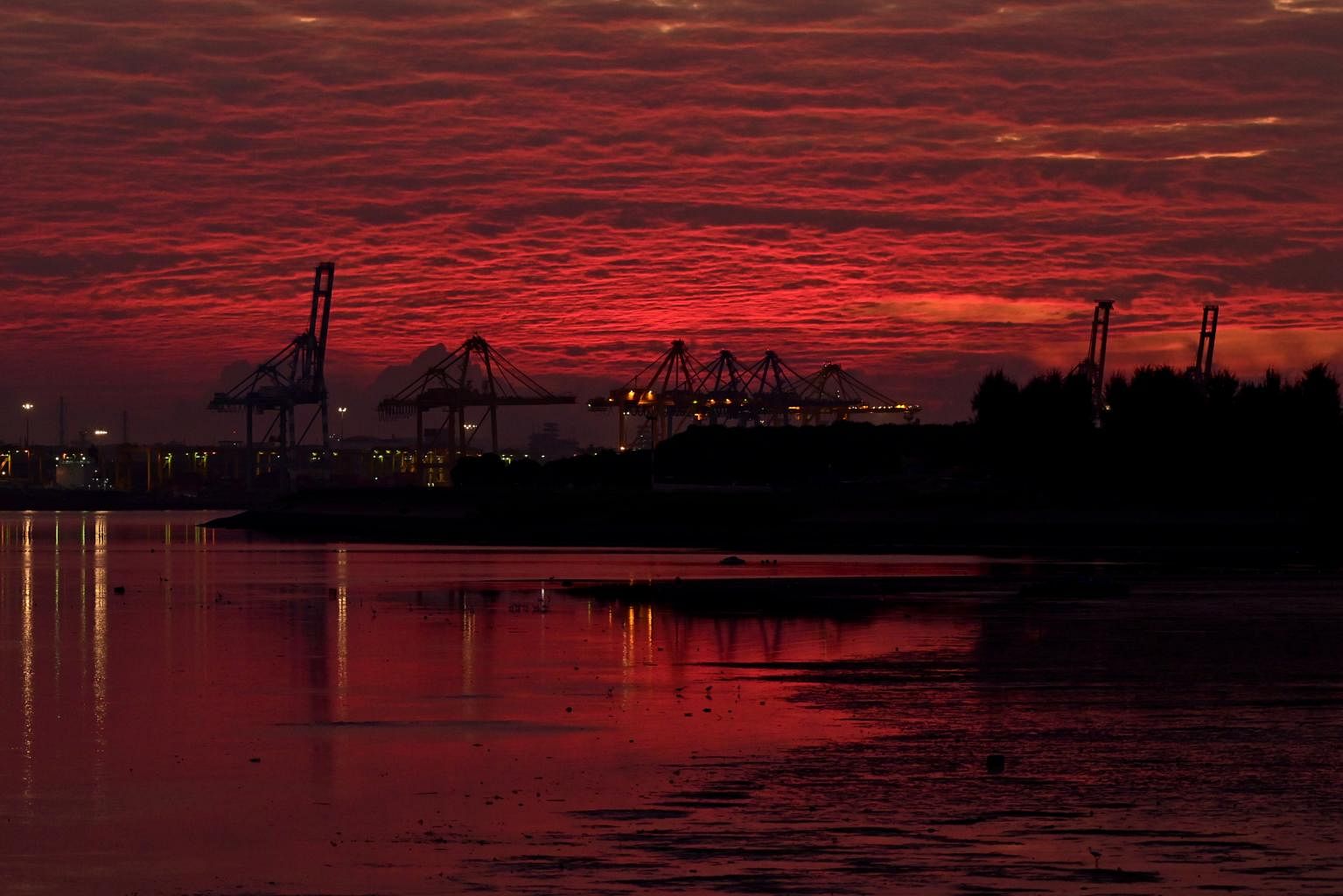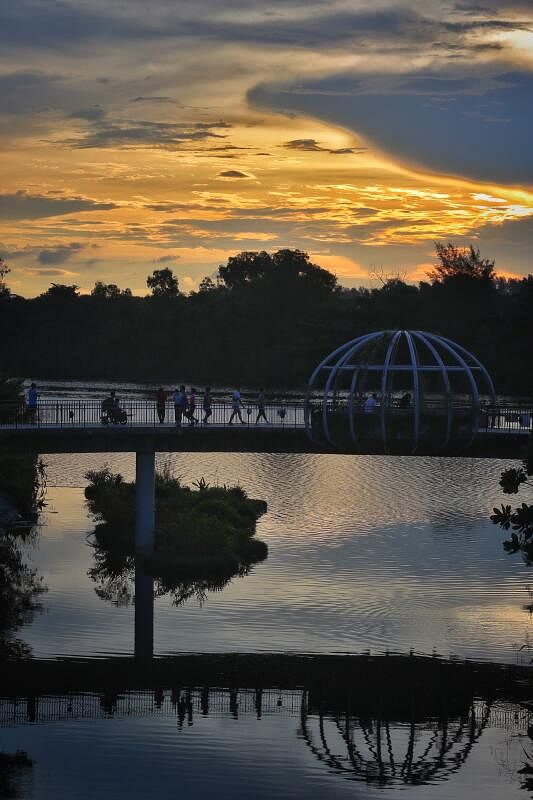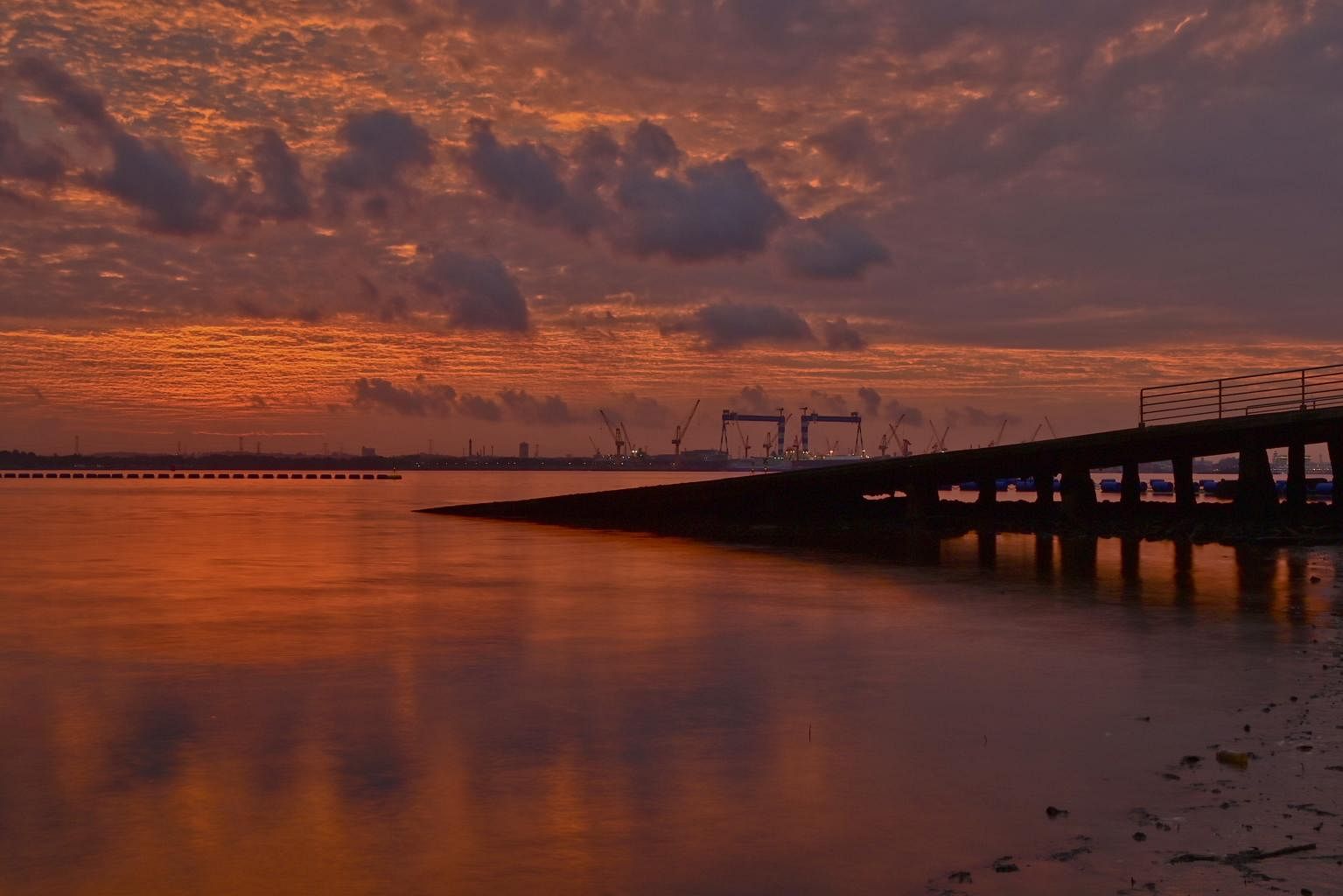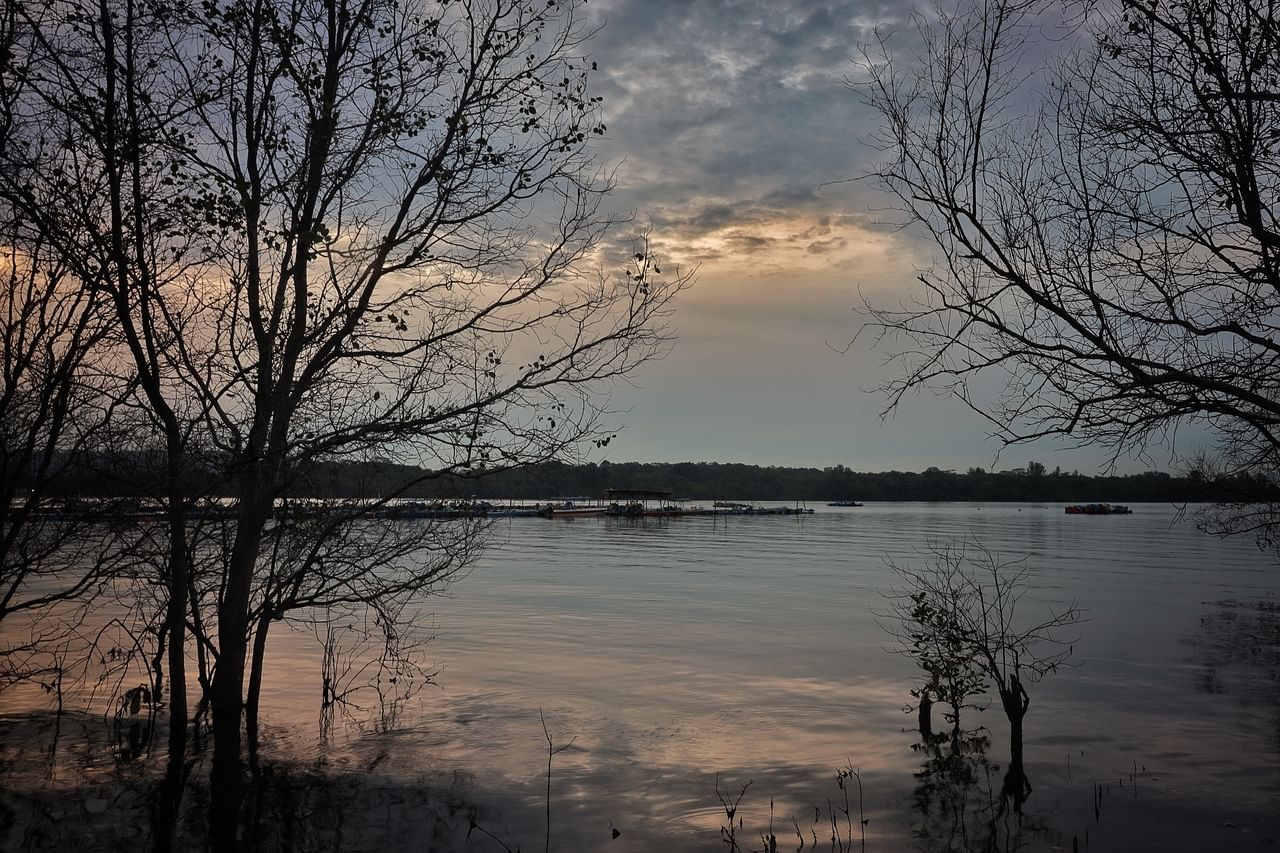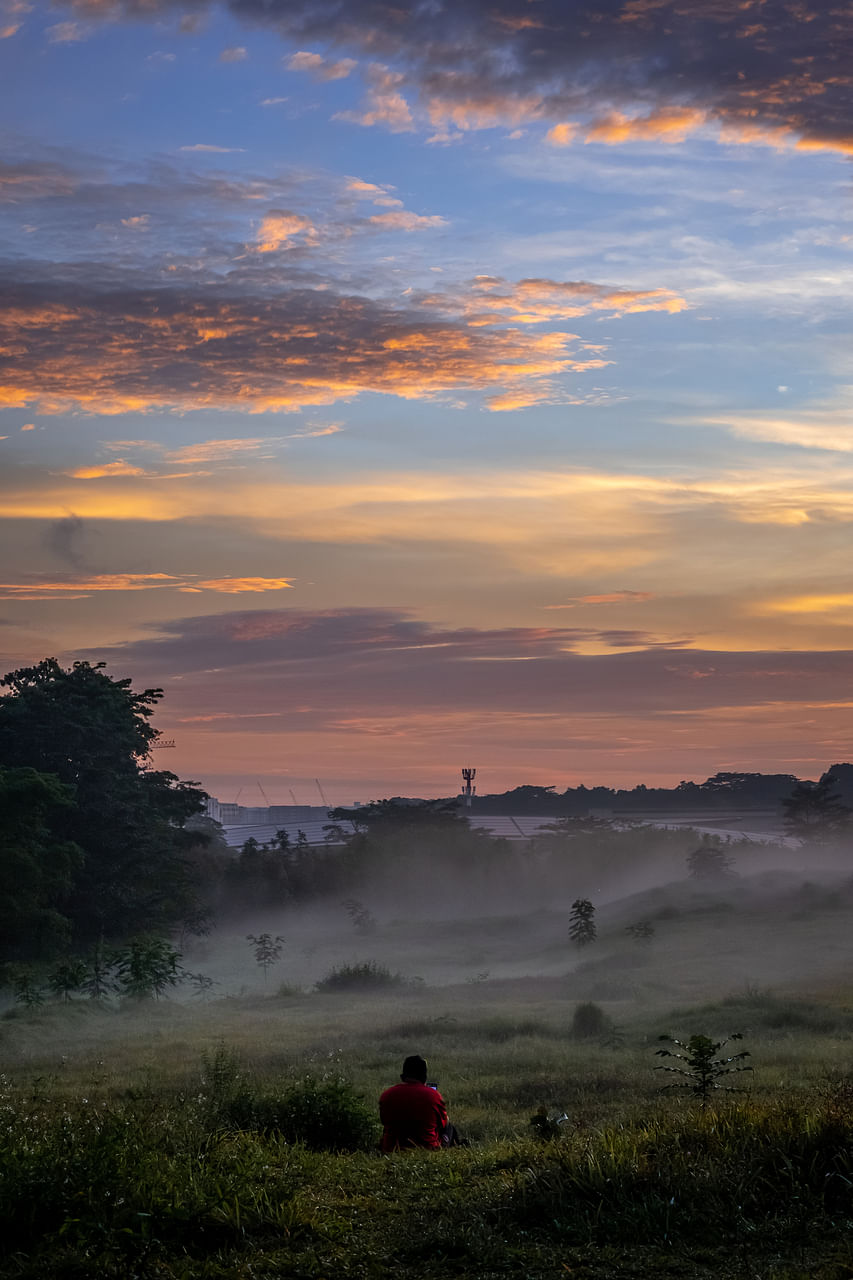SINGAPORE - Shutterbugs have embraced a pandemic pastime: Chasing sunrises and sunsets.
Capturing the dreamy colours of dawn and dusk has an evergreen appeal. But some have found that Covid-19 curbs sparked a fresh enthusiasm for the positive vibes of such photography.
Events manager Andrew Tan, 42, began hiking more when travel restrictions kicked in last year at the start of the pandemic.
As more people took to exercising outdoors during and after the circuit breaker, he observes many of them also started taking snaps of nature.
"Other people chase typhoons, I chase sunsets. It provides a channel to deal with stress and manage mental well-being," he says.
Staring into the sunset makes him feel "more at peace and more positive", he says.
Professional photographer Lee Lay Na, 52, saw her income decline as social distancing measures reduced the number of conferences, concerts and other events she used to take photographs for.
She was initially downcast, but taking pictures of the sunrise every day helped her cope. "It's something good that came from the bad," she says.
Posting these "wow moments" on social media lets her "share more happiness with others" during the pandemic, she adds.
Here are some popular places for sunset and sunrise photography, including rising stars such as the Ulu Sembawang Park Connector, which hold their own against scenic classics like Changi Beach.
1. Sunrise at Ulu Sembawang Park Connector
